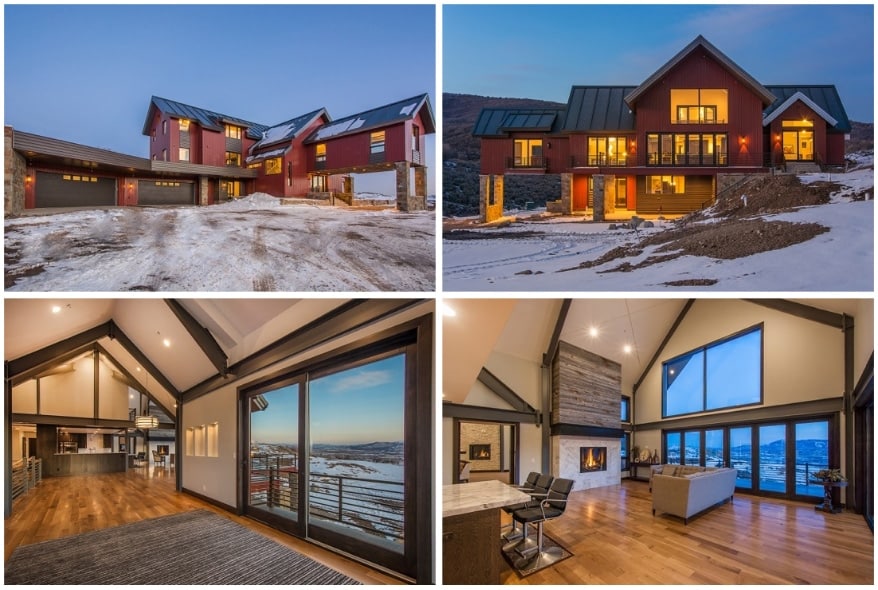

To enhance the energy efficiency of windows, manufacturers have introduced high-quality frame materials, multiple layers of glass, low-emissivity (infrared-insulating and ultraviolet light-reflecting) glass, and insulating gas fill between glass layers. Sealing gaps, cracks, or other leakage sites in the building envelope, including heating and cooling ducts, can reduce energy losses, improve overall building and system efficiency, and reduce energy bills. Insulation is typically rated with an “R-value” (higher numbers correlate with greater insulating properties). Insulation decreases the rate of heat transfer with the outdoor environment. Roof and wall insulation can help reduce the amount of energy required to cool, heat, or alter humidity. The building envelope consists of the roof, walls, and foundation of the building, as well as the window assemblies. The envelope separates the interior space of a building from the outside elements and is essential to maintaining a dry, heated, or cooled indoor environment. The building envelope is the outer shell of an enclosed building.
#Energy efficiency building envelope windows
Maximising sunlight with glass and well-sealed energy efficient windows can be significant in design, but regulating the size and orientation in a large commercial premise is essential to balance the flow of heat generated from natural light. The arrangement of windows and doors can have a significant effect on building envelope efficiency. Maximising sunlight in the design by incorporating glazing can also contribute to the reduction of energy consumption.

Insulation provides resistance to energy flow thereby reducing the amount of energy required to heat or cool a building throughout the year.

InsulationĪdding thermal insulation to a building envelope has proved to be cost effective way to reduce energy bills with both new build projects and refurbishments. Therefore, by restricting the passage of air, it is possible to increase the energy efficiency of a building. Natural weather conditions such as strong winds can increase the amount of air that escapes through the envelope, particularly if the envelope and fenestration components are not sealed correctly. VentilationĪ common measure of a quality building envelope is whether it can allow for the ventilation of fresh air whilst protecting the structure from air leakage. The overall construction plays an important role in controlling the levels of light, ventilation and heat flow. Why is The Building Envelope ImportantĪ good building envelope design is one of the easiest ways to significantly increase the performance of a commercial building. The envelope includes many components of a building: roof, walls, floors, windows and doors, and quality construction can enhance the architectural design whilst improving the thermal performance of a building. It is one of the most important components in building design due to its role in the maintenance and protection of a structure. A building envelope is t he boundary between the interior and the exterior of a building.


 0 kommentar(er)
0 kommentar(er)
